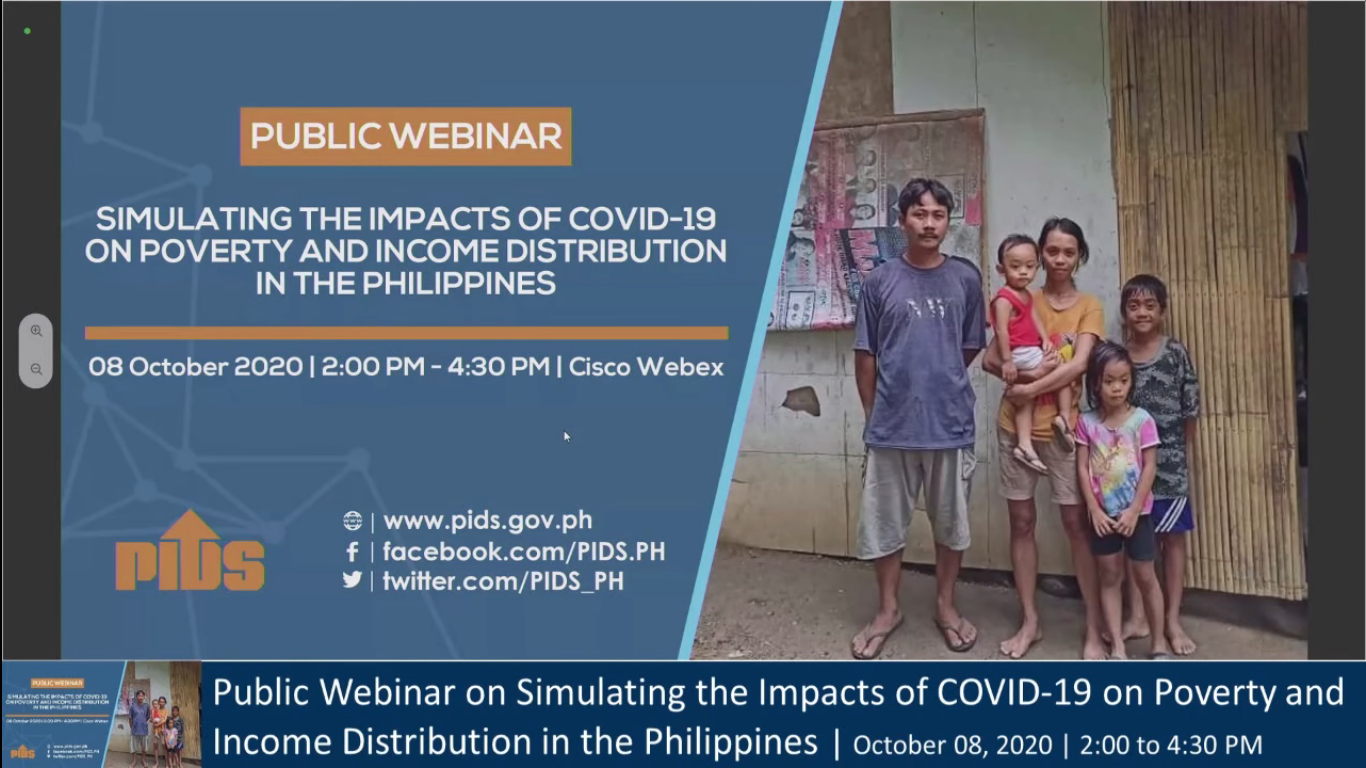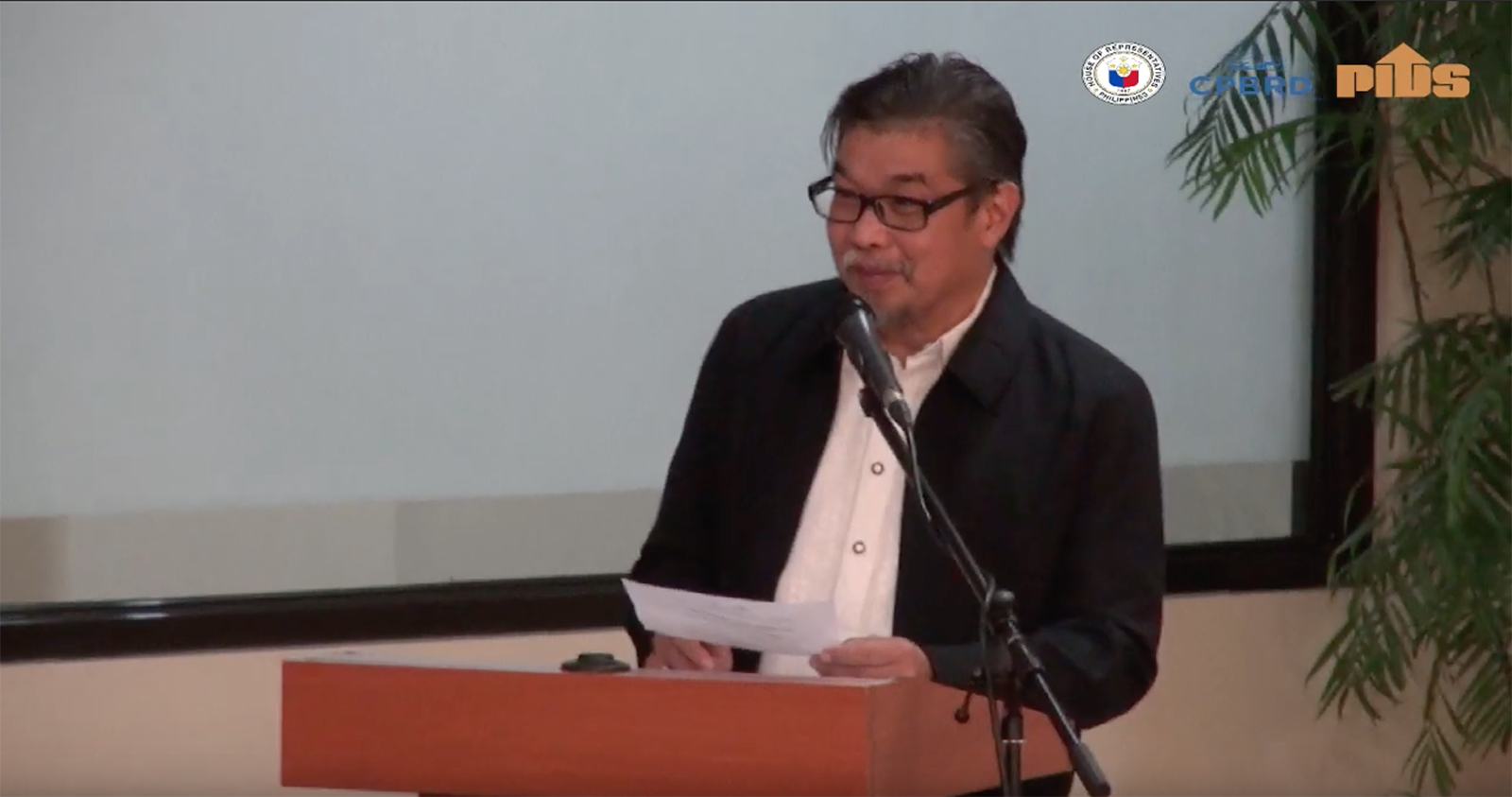FARMERS have exaggerated the revenue losses resulting from rice tariffication, a government think tank said, adding that any such losses can be made up for by properly-targeted use of the industry modernization fund.
The Philippine Institute for Development Studies (PIDS) estimated the average income lost by poor families due to the Rice Tariffication law at P2.1 billion a year in the 2022-2024 period.
This is widely divergent from the estimates provided earlier by the Federation of Free Farmers, which claims that farmers lost P40 billion in the first year of the law, while consumers saved P232 million with the fall in retail prices after imports were liberalized.
“Rice tariffication ultimately causes an increase in income poverty, across a variety of measures, geographic categories, and time. However, the increase in income poverty comes in small increments and diminishes over time,” PIDS said Friday in a policy note, “Does rice tariffication in the Philippines worsen income poverty and inequality?”
Republic Act (RA) No. 11203 or the Rice Tariffication Law signed in 2019 liberalized rice imports but imposed a tariff of 35% on shipments of Southeast Asian grain, which will provide capital for the Rice Competitiveness Enhancement Fund (RCEF), which will finance the modernization of the industry.
PIDS said the law resulted in lower farmgate palay prices and rice retail prices, with the former affecting the incomes of households that depend on rice farming.
It said cash transfers and other financial assistance under the RCEF should be sufficient to offset the estimated foregone income of farmers at P2.84 billion or less each year.
“This amount is far below the P60 billion, which is the minimum amount allocated for the Rice Fund under RA 11203. The Rice Fund even exceeds the total income difference cumulating over the 12-year scenario, which is equivalent to only P16.8 billion. Therefore, if properly targeted, the Rice Fund budgeted in the tariffication law is more than enough to offset the impact of tariffication on income poverty,” it said.
The government allocates P10 billion to the RCEF each year for six years starting 2019 to help farmers buy affordable seeds, operate farm machinery, have better access to credit and improve their technological know-how.
“Further research is needed to look into the Rice Fund programs and their impact on the rice industry at the grassroots (farm operators, farmworkers, and other entrepreneurs and workers in the value chain),” PIDS said.
RCEF capable of offsetting Rice Tariffication law income losses











